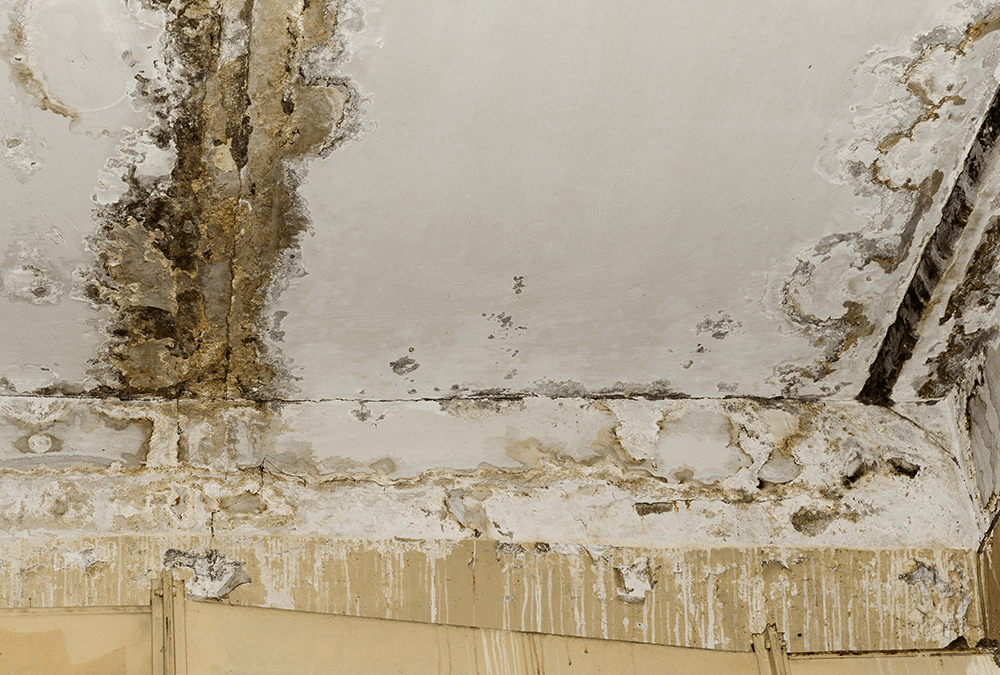How to Stop Water Damage in Your Bathroom
How to Stop Water Damage in Your Bathroom
Blog Article
Presented here down the page you can discover a bunch of worthwhile guidance on the subject of Preventing Water Damage in the Bathroom.

The shower room is exceptionally susceptible for damp buildup and also potential water damage because of the constant use water in it. This article provides basic examination techniques to help discovering water damages threats.
The frequent use of water in the restroom makes it incredibly prone for wet buildup and potential water damage. By examining it frequently, you can minimize water relevant problems.
The adhering to collection of inspections is very easy to perform and should be done once in every three months in order to keep your restroom in good shape and to prevent prospective water damages triggered by the tub, the shower, pipe joints and plumbing, sinks, cabinets, and the toilet
Do not neglect performing these inspections and also be thorough while executing them. Remember that these straightforward examinations can conserve you a great deal of cash by offering early indications for water damage
Sinks and Cabinets
Sinks and also closets are subjected to wetness as well as moisture everyday as well as are typically neglected. Inspect regularly under the sink and also on the kitchen counter over it. Repair any drip in the catch as it might suggest drain troubles. Check out the sink, sluggish draining pipes may show an obstructed drain. Replace sink seals if they are fractured or loose.
Bathtub as well as Shower
The shower and bath tub need special focus and upkeep. Inspect the tiles as well as replace if fractured. Ensure that there is no missing out on grout between the ceramic tiles. Inspect and also replace fractured caulking at joints where the walls fulfill the floor or the bath tub. Blocked drains pipes as well as pipelines issues will certainly avoid the bath tub from drying and also may show major troubles below the bath tub. Speak with a specialist instantly to stop structural damage. Take notice of discolorations or soft locations around the bathtub wall surfaces as they might suggest an inner leak.
Plumbing
Signs for water damages are tough to discover given that many pipelines are mounted inside the walls.
Pay unique attention to flooring and also walls wetness and also stains as they may show an invisible plumbing issue. Examine wetness degrees in adjoining areas as well.
The Bathroom
The toilet is a susceptible water joint. Check the water lines as well as look for leaks around the commode seat, in the hose, as well as under the water container. If you spot any kind of signs of wetness on the flooring around the bathroom, look for leaks in the toilet edge and also tank seals.
Know that hanging commode bowl deodorants boosts the chances for clogs.
Water Damage Signs In The Bathroom To Avoid Cleanup
Musty smell
This is one of the easiest signs to catch because musty smells are so odorous. The damp, earthy, moldy smell should be a big red flag. The smell will develop when moisture gets trapped in surfaces, and begins to facilitate mold growth. Leaking pipes under cabinets, inside walls, and behind shower fixtures will cause moisture to stay trapped and not dry, which will lead to mold growth and spread. As soon as you notice any musty smells in your bathroom, have it checked for hidden water damage and cleanup signs.
Visible mold
If the smell isn’t there to give it away, sometimes you will actually see mold growth. Finding mold in your bathroom is a serious problem, because mold is very harmful to your health. By the time mold growth is visible, it also means that water damage has already occurred and been present for some time. The only way the mold problem can be resolved is to find the source of the moisture and get it stopped. To safely and adequately remove mold, you need to have professionals handle the remediation. Do not waste any time in getting mold problems addressed, fixed, and sanitized so that you can protect you and your family from the many respiratory symptoms caused by mold exposure.
Damaged floors
Bathroom floors should be able to withstand some exposure to water while still remaining in good condition. However, when excess exposure or water leaks occur, they will begin to damage even the most water-resistant flooring. If you notice any cracking, bubbling, staining, or warping on your bathroom floors, there is probably a water leak somewhere causing the distortion. If you notice areas of the floor have become softer, or even have a spongy feeling, there is probably damage to the subfloor. Subflooring is typically made up of plywood. When plywood is exposed to water or moisture, it will absorb it. Once it has become saturated, the weight of the excess water will cause the wood to swell and soften. Check the floors in your bathroom frequently to catch any of these sings before they lead to damaged subflooring.
Changes on walls
When water leaks behind walls, it will cause changes in the drywall. Peeling plaster, blistering paint, and soggy wallpaper are all good indicators that excess water is building up behind the wall. Water leaking behind drywall will cause it to swell and be soft to the tough. If you start to notice gaps along the trim of your walls, or where tile meets the wall, it could also be a strong indicator that there is a leak behind the wall. Any changes, distortion, or damage on the walls should be evaluated as soon as you notice it to prevent further water damage and cleanup.

As an avid person who reads on Preventing Water Damage in the Bathroom, I think sharing that excerpt was essential. Sharing is nice. Helping people is fun. Thank you for going through it.
Visit Homepage Report this page